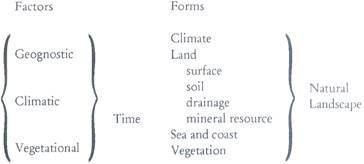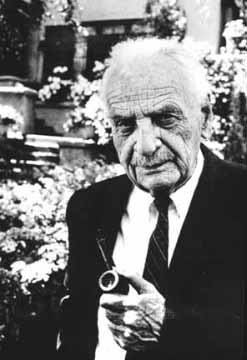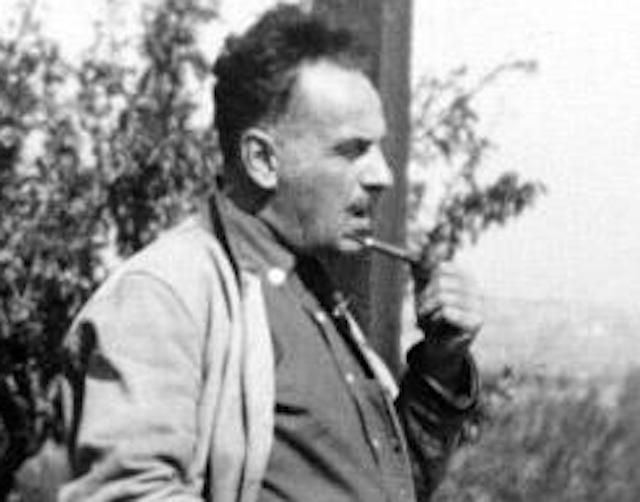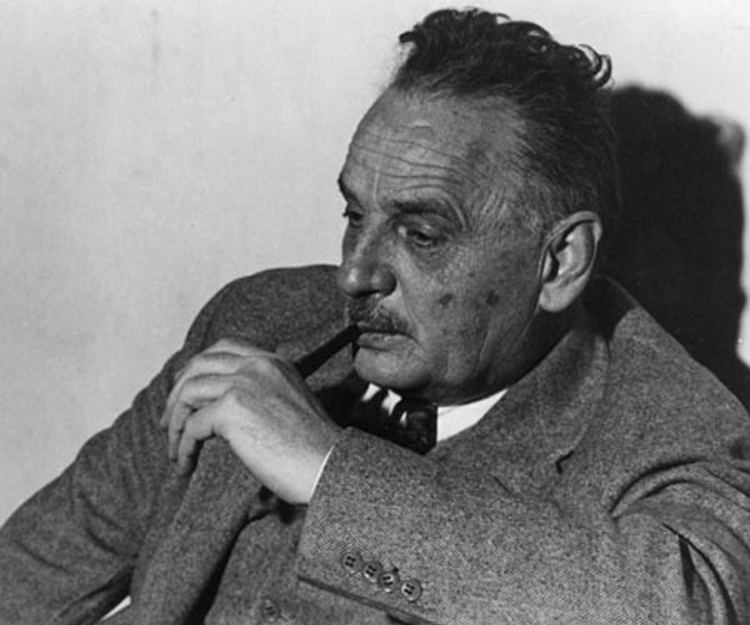Name Carl Sauer | ||
 | ||
Books The Early Spanish Main, Colima of New Spain in the sixt, The geography of the Oz, Sauer: Land & Life, road to Cíbola Similar Donald W Meinig, Paul Vidal de La Blache, Torsten Hägerstrand Born 24 December 1889 (age 85), Warrenton Died 18 July 1975 (aged 85) Berkeley | ||
Geographer and geography carl o sauer e knowledge shahi
Carl Ortwin Sauer (December 24, 1889 – July 18, 1975) was an American geographer. Sauer was a professor of geography at the University of California at Berkeley from 1923 until becoming professor emeritus in 1957. He has been called "the dean of American historical geography" and he was instrumental in the early development of the geography graduate school at Berkeley. One of his best known works was Agricultural Origins and Dispersals (1952). In 1927, Carl Sauer wrote the article "Recent Developments in Cultural Geography," which considered how cultural landscapes are made up of "the forms superimposed on the physical landscape."
Contents
- Geographer and geography carl o sauer e knowledge shahi
- Carl O Sauer Morfologa del paisaje
- Early years
- Career
- Awards
- Graduate students
- References

Carl O. Sauer. Morfología del paisaje
Early years

Sauer, of German ancestry, was born in Warrenton, Missouri and graduated from the University of Chicago with a Ph.D. in 1915.
Career

Carl Sauer's paper "The Morphology of Landscape" was probably the most influential English-language article in introducing ideas on cultural landscapes and is still cited today. However, Sauer's paper was really about his own vision for the discipline of geography, which was to establish the discipline on a phenomenological basis, rather than being specifically concerned with cultural landscapes. "Every field of knowledge is characterized by its declared preoccupation with a certain group of phenomena,” according to Sauer. Geography was assigned the study of areal knowledge or landscapes or chorology—following the thoughts of Alfred Hettner. “Within each landscape there are phenomena that are not simply there but are either associated or independent of each other.” Sauer saw the geographer’s task as being to discover the areal connection between phenomena. Thus "the task of geography is conceived as the establishment of a critical system which embraces the phenomenology of landscape, in order to grasp in all of its meaning and colour the varied terrestrial scene" A collection of Sauer's letters while doing fieldwork in South America has been published.

Sauer was a fierce critic of environmental determinism, which was the prevailing theory in geography when he began his career. He proposed instead an approach variously called "landscape morphology" or "cultural history." This approach involved the inductive gathering of facts about the human impact on the landscape over time. Sauer rejected positivism, preferring particularist and historicist understandings of the world. He drew on the work of anthropologist Alfred Kroeber and was influenced by German Latin Americanist geographer Oskar Schmieder—a disciple of Hettner—, and later critics accused him of introducing a "superorganic" concept of culture into geography. Politically Sauer was a conservative, but expressed concern about the way that modern capitalism and centralized government were destroying the cultural diversity and environmental health of the world. He believed that agriculture, and domestication of plants and animals had an effect on the physical environment.

After his retirement, Sauer's school of human-environment geography developed into cultural ecology, political ecology, and historical ecology. Historical ecology retains Sauer's interest in human modification of the landscape and pre-modern cultures.
Awards

He was awarded an Honorary Fellowship from the American Geographical Society in 1935, and its Daly Medal in 1940.
Graduate students
Sauer graduated many doctoral students, the majority completing dissertations on Latin American and Caribbean topics and thereby founding the Berkeley School of Latin Americanist Geography. The first generation consisted of Sauer's own students: Fred B. Kniffen (1930), Peveril Meigs (1932), Donald Brand (1933), Henry Bruman (1940), Felix W. McBryde (1940), Robert Bowman (1941), Dan Stanislawski (1944), Robert C. West (1946), James J. Parsons (1948), Edwin Doran (1953), Philip Wagner (1953), Brigham Arnold (1954), Homer Aschmann (1954), B. LeRoy Gordon (1954), Gordon Merrill (1957), Donald Innis (1958), Marvin W. Mikesell (1958), Carl Johannessen (1959), Clinton Edwards (1962), and Leonard Sawatzky (1967).
Among them, Parsons remained at the University of California at Berkeley and became prolific in directing Latin Americanist doctoral dissertations. His doctoral students formed the second generation of the Berkeley School: Campbell Pennington (1959), William Denevan (1963), David Harris (1963), David Radell (1964), Thomas Veblen (1975), Karl Zimmerer (1987), Paul F. Starrs (1989), John B. Wright (1990), and David J. Larson (1994). Apart from Latin America, Parsons' Ph.D. students such as Alvin W. Urquhart (1962) also worked in Africa.
Denevan became a professor at the University of Wisconsin-Madison and, in turn, produced a third generation: Daniel Gade (1967), Bernard Nietschmann (1970), Roger Byrne (1972), Roland Bergmann (1974), Billie Lee Turner II (1974), Gregory Knapp (1984), Kent Mathewson (1987), John M. Treacy (1989), and Oliver Coomes (1992). Mikesell became a professor at the University of Chicago and also produced a third generation.
A member of the fourth generation, William E. Doolittle studied with Turner, earned the Ph.D. in 1979, became a professor in the Department of Geography and the Environment at University of Texas at Austin, and has extended the school into the fifth generation: Dean P. Lambert (1992), Andrew Sluyter (1995), Emily H. Young (1995), Eric P. Perramond (1999), Phil L. Crossley (1999), Jerry O. (Joby) Bass (2003), Maria G. Fadiman (2003), and Matthew Fry (2008).
